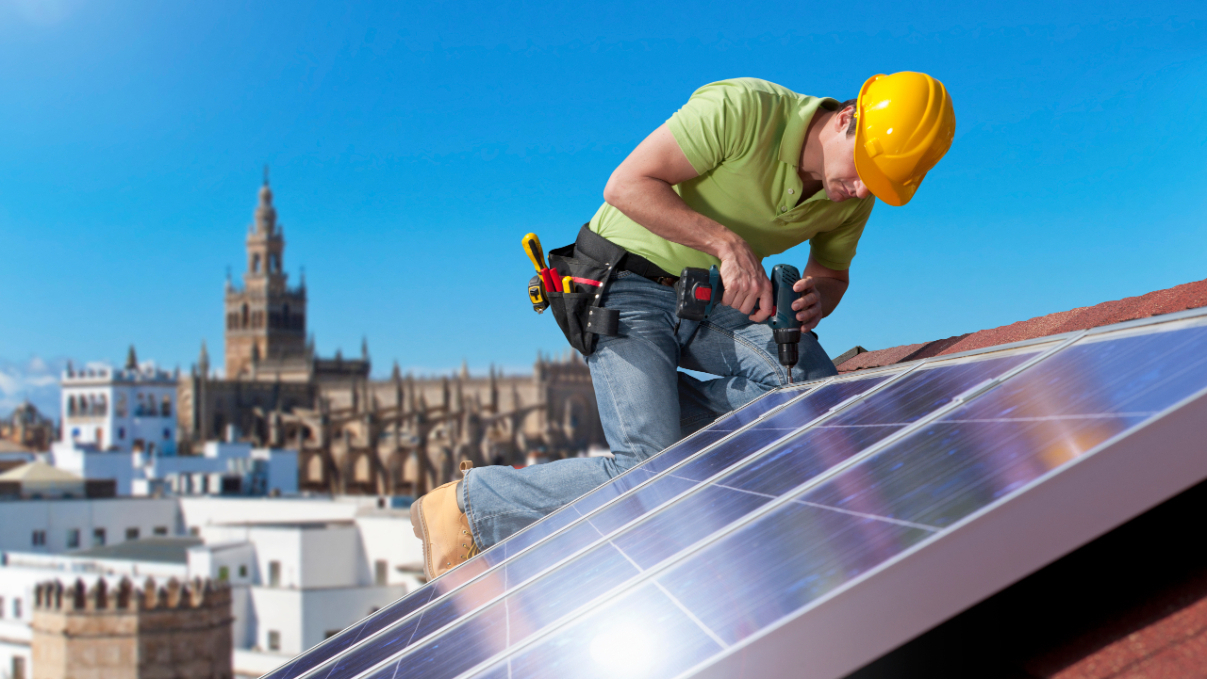
Spanish solar: the next big sustainable investment opportunity?
Spain has recently experienced its best ever year for solar development, and this is expected to grow yet further.
While it is common knowledge that the Iberian peninsula has more than its fair share of sunshine, it is probably less well known that Spain is also scaling up its solar capacity through infrastructure development and increased inflows of capital.
The EU’s revised solar strategy aims to bring online over 320 GW of solar photovoltaic (PV) by 2025 and almost 600 GW by 2030 as part of the REPowerEU Plan, which looks to increase the proposed renewable energy target for 2030 to 45% of the entire energy mix.
A recently published EU Market Outlook detailed that solar power is entering a “maturity phase” in Spain. With around 4 GW expected capacity installed in 2022, the country experienced its best year ever for solar photovoltaic deployment. Since 2020, almost 11 GW has been installed, leading to a 117% increase in the last three years.
This month, Norges Bank Investment Management signed an agreement to acquire a 49% stake in a 1.3 GW portfolio of solar plants and onshore wind farms located in Spain.
However, none of this is to say that Spain is currently number one for solar in the EU. The Market Outlook made clear this top position still belongs to Germany, with the nation’s “Easter Package” setting a further target of 215 GW of total installed PV capacity by 2030.
“Spain is not even at 50% of the total solar capacity to be in found in Germany,” says Ingmar Wilhelm, chief executive of renewables energy platform Galileo Green Energy, which boasts long-term investors such as the New Zealand Superannuation Fund.
“However, Spanish solar has interconnection, grid collection capacity, and an extensive solar portfolio, and its combination of technologies shows a lot of promise for the market.”
A growing marketplace
As part of the plans for growth in clean energy, Spanish energy giant Iberdrola’s 2023-2025 Strategic Plan is putting resources behind solar PV technology. Up to 24% of the company’s €17bn investment in renewables is to be earmarked for Solar PV, which will increase the company’s installed solar capacity by 6.3 GW.
Aquila European Renewables (AER) has invested in four Spanish solar PV assets, with a total capacity of 180 MW, primarily located in Southern Spain. Most of these assets have been recently built and the construction process was managed by AER’s construction team in the country.
According to an Michael Anderson, A senior manager at AER , investment in Spanish solar can be appealing because of high irradiation levels, a developed power purchase agreement market, the regulatory regime being pro-renewables, and attractive investment returns.
Anderson says: “AER is focused on acquiring early-stage solar PV projects in Spain where it can create value for its investors by developing and constructing the assets, leveraging its long and established track record in renewables. In Spain, AER is also seeking to develop its own projects from scratch, aiming to secure capacity in the upcoming grid capacity auctions.”
Due to the war in Ukraine and the commitments that the European Union is making, we anticipate that there will be greater investment in renewable energy.
Legislative backing
However, Anderson also made clear that “much more needs to be done” across Europe to fulfil clean energy goals. Over in the US, the Inflation Reduction Act has opened up the long-term opportunity for green investment stateside through highly favourable tax credits. At the World Economic Forum, the EU has presented a counterpart Net-Zero Industry Act that could operate in the same way
For the past two years Swiss energy company Alpiq has been actively developing wind and solar opportunities in Spain. The firm is typically involved when projects are approaching ready-to-build but has also developed a greenfield portfolio. This year Alpiq expects to start the construction of the first 20 MW solar project, and aims to make investment decisions for two to three additional Spanish solar projects in the near future.
Lukas Gresnigt, head of the international business division at Alpiq, says: “Due to the war in Ukraine and the commitments that the European Union is making, we anticipate that there will be greater investment in renewable energy, leading to a higher penetration of renewable energy, thus accelerating the energy transition.”
According to the International Energy Agency’s executive director Fatih Birol, solar carries the potential to be “king of global power markets”.




